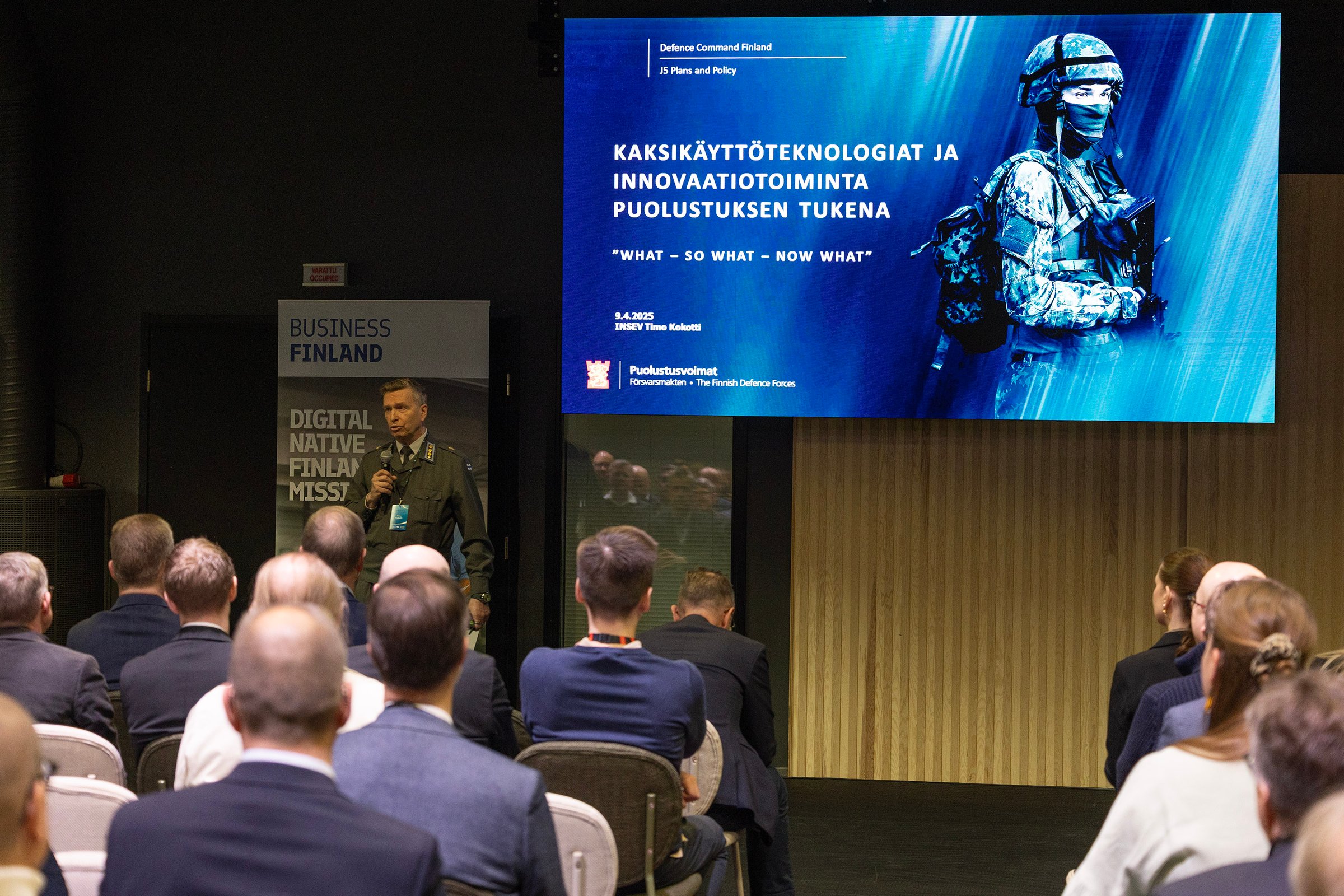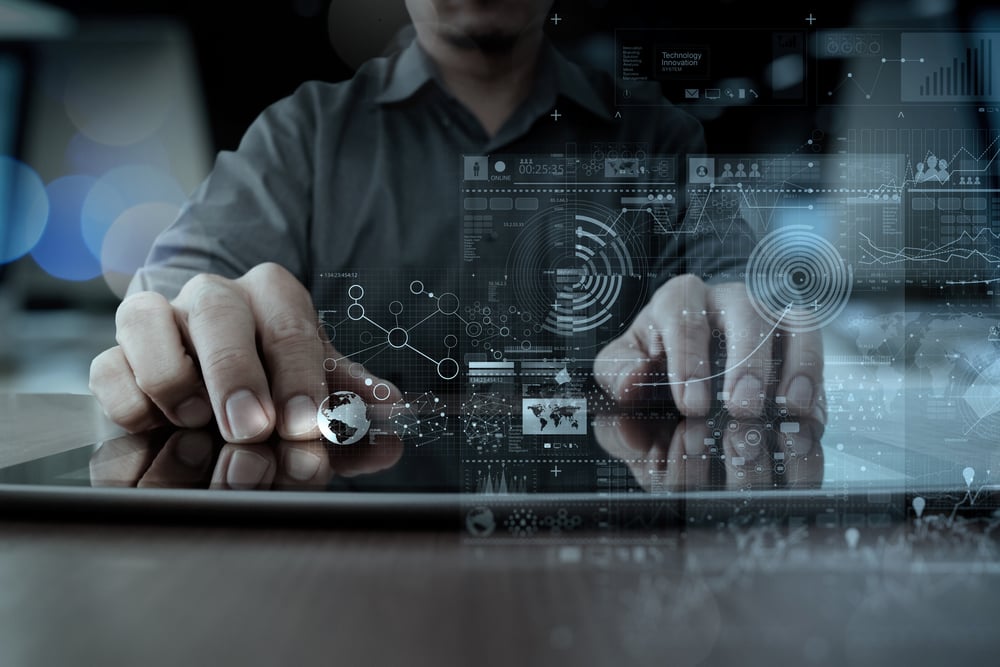Commercial innovation drives the development of defence technology

An artilleryman and a cyclist are both athletes when viewed from the perspective of sensors, says Reijo Kangas, Senior Researcher at Polar Electro Ltd. Kangas spoke at the Defence and Digital Resilience event organised by Business Jyväskylä and Business Finland in April in Jyväskylä. He gave a talk about functional capability and the dual use of sensor technology.
There has been a great deal of talk about dual-use technology in recent years, and Finnish companies possess significant expertise necessary also for the defence industry. The defence industry has always engaged in innovation and development, but the war in Ukraine has brought this to the fore in a new way. A key theme is that technology developed in the civilian realm is now driving the development of defence technology.
- Almost all defence technologies are currently being developed on a commercial basis. When talking about defence and innovation, one should understand it is a question of more than merely matériel. Innovation can just as easily occur within e.g. training and education, or organisational structures. Innovation, in the defence context, is anything novel that has the potential to increase performance, said Colonel (eng.) Timo Kokotti of the Finnish Defence Forces Defence Command, speaking at the Defence and Digital Resilience event. Timo Kokotti.
Timo Kokotti.
Reijo Kangas of Polar Electro says that many people think of Polar as a sports watch manufacturer. However, he stresses that the company’s actual main business is manufacturing sensors that can be used to interpret a person's physical and mental functioning. It makes little difference whether one is a skier, a marathoner, or a soldier.
- From the sensors' point of view, an artilleryman and a cyclist are both athletes. To enable their performance, one makes use of a bicycle, the other a cannon and ammunition. We let people incorporate a kind of sixth sense into people's situational awareness, which tells them how they should act in the environment in order to achieve their goals, Kangas says. Reijo Kangas.
Reijo Kangas.
The sensors provide data such as heart rate, heart rate variability, skin temperature, and skin conductivity. Such data might yield information on exertion and rest, measure sleep quality, alertness, recovery, stress, and emotions, and interpret, for example, depression or anxiety. These fundamental interpretations are based on the raw data. Various interpretative algorithms are also applied to the raw data, generating new information pertaining to, for example, to maximum oxygen uptake rate, hydration demand, or power output.
Kangas describes the sensors as turning a soldier into an operational unit that can be observed and directed within the headquarters' virtual environment, providing the military commander with a level of situational awareness that was previously unachievable.
- In the past, the individual soldier has, to some extent, been obscured, as the parametres of their operational capability have been unknown. Sensors enable the monitoring of, for example, the accumulation of stress, body temperature, fluid deficit, and cognitive decision-making ability. This allows the soldier to attain a personal situational awareness of how well, and for how long, they are able to continue to operate towards their objective under the prevailing conditions.
A soldier's ability to achieve the required military training or the assigned objective depends on their individual physical abilities. For example, in demanding military duties, insufficient physical capacity can serve to erode self-confidence and further complicate decision-making. Measuring psychological stress also provides additional information on how high the decision-making load is, how anxiety impairs the full use of available physical capacity, or how depression makes it more difficult to complete the compulsory period of military service.
Sensors can be used to illustrate to a person their physical and mental capabilities and their needs to develop them in an interactive environment.
- Through measurement, we can give people the tools to develop themselves, add mental and physical capital to the environment, and create added value with their own contribution, says Kangas. The Defence and Digital Resilience event brought nearly two hundred people interested in defence and digital resilience to the Paviljonki.
The Defence and Digital Resilience event brought nearly two hundred people interested in defence and digital resilience to the Paviljonki.
%20(12).png?width=6000&height=1000&name=Nimet%C3%B6n%20(6000%20x%201000%20px)%20(12).png)

